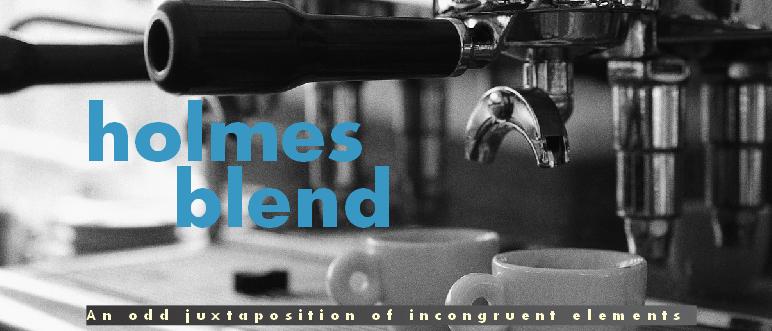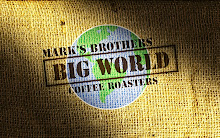In the etching process it is possible to have a run of one image and then go back and change the plate which would give you a slightly different image for your second run. That second image would be called "state 2". The artist can change the plate as much as he/she wants creating as many "states" as they desire. Rembrandt created 8 states of Christ Presented to the People. I believe the image below is state #2.

In the foreground are the "people" that Christ is being presented to. Their backs are toward us. In middle ground you see Jesus, Pilate and some Roman soldiers. They are facing toward us and the crowd.
Somewhere around state 5 Rembrandt made a significant alteration to this image. Below is state 7.

He made it darker and more ominous. He also (most importantly) completely erased the foreground. This etching called Christ Presented to the People now has no crowd - no people. What's going on?
Rembrandt was a master of presenting profound spiritual truth through his work. I think he realized that the verdict of the "people" on that day 2,000 years ago is not the only verdict that counts. Jesus is being presented before each one of us with the question, "what will you do with this man?" We are the crowd. What do we say? If you were to time travel back and found yourself there on that day when Christ was presented - if you really were in the crowd - what would you yell? Knowing what you know now - that Christ's death and resurrection is our only hope. Do you yell, "crucify" knowing that He is innocent? Do you yell, "release him" knowing that if he does not die on the cross you are lost in your sins?
Or, do you just slump to the ground and cry?
The latter response seems more fitting, does it not? Christ gave himself; no one took his life from him.
For 2,000 years individuals have had to come to grips with the fact that the torturous death of the only innocent is our only hope. So, in a very real sense - Christ is still being presented before the people, and yours is the verdict that counts - not someone else's. He's looking at you. What will you do with this man? Will you shun him? Dismiss him? Will you have him?

 I forgot my camera so I had to buy a disposable one at the Dodge City Wal-Mart when we first got into town. But, once I got to the "Front Streets" I found out that there was very little to take pictures of. So, I have almost an entire roll to use up before I can post any more pictures. You're just going to have to wait.
I forgot my camera so I had to buy a disposable one at the Dodge City Wal-Mart when we first got into town. But, once I got to the "Front Streets" I found out that there was very little to take pictures of. So, I have almost an entire roll to use up before I can post any more pictures. You're just going to have to wait.









